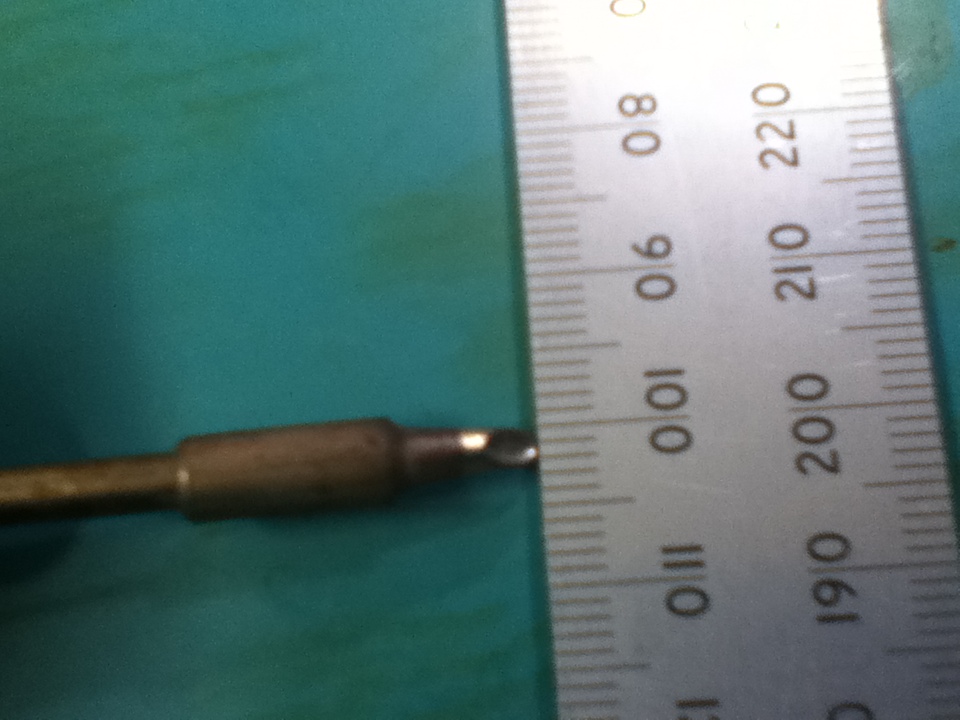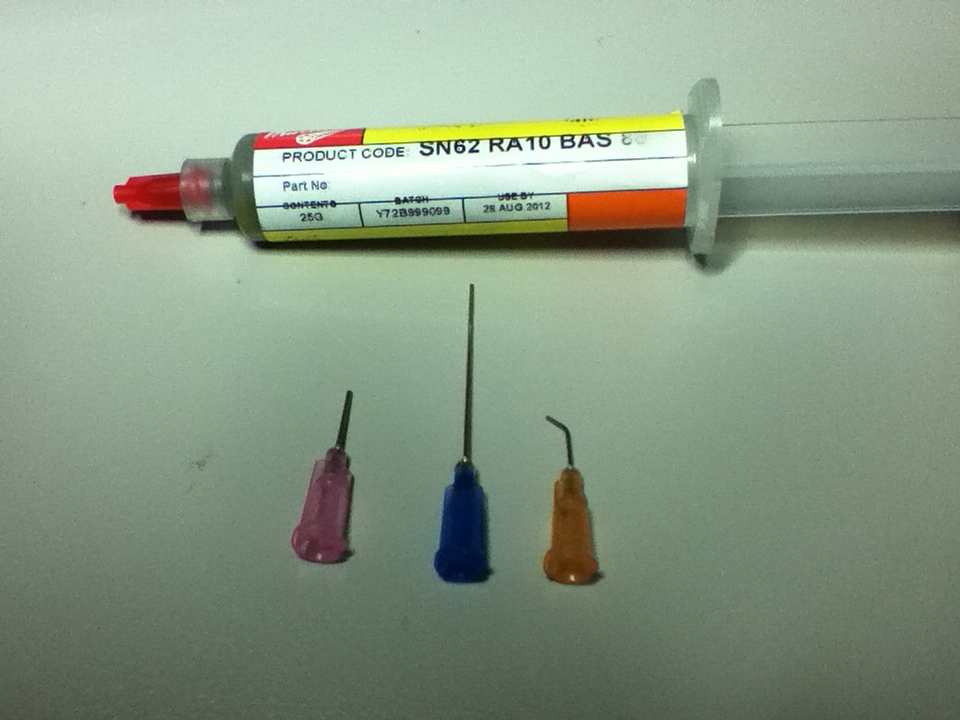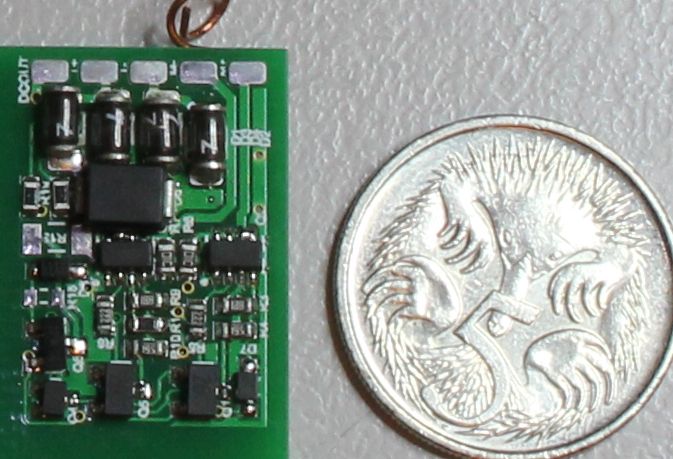|
|
|
The construction of my DCC locomotive decoder forced me to delve in areas of surface mount technology I had never previously explored. Soldering IronYes you can use a soldering iron for many SMD components. My favoured method is to use a “manual wave” soldering tip, especially in a JBC handpiece. I get the best results using an electronics paste flux (not plumbers!). Flux the PCB pads, then place your device. With the pool of solder facing downwards on the tip, solder the component down. During soldering, solder is drawn from the pool of molten solder. You can literally solder one side of a SOIC package in one steady swipe across the pins. Reflow SolderingPrior to my locomotive decoder assembly I was aware of using solder paste and heat, but had never actually tried it. Using a QFN device however forced the issue. I did the usual rounds of Youtube seeing what others were using to reflow SMD components. I found popular methods to be electric fry pans, toaster ovens, infrared lamps and hot air. After much deliberation, I decided to try using hot air. I was able to secure an Atten 858D+ hot air station for ~60 AUD on eBay.
Next was to get some solder paste. This stuff supposedly has a short shelf life, I suspect more so due to evaporation of alcohol from the flux component. Dispensing tips Next important item is a dispensing tip. I first tried a pink 20g tip but quickly found far too much paste would be applied. I then tried an orange 25g tip. I also have a blue 22g tip, but it is a bit long at 1.5”. Application The part I found hard to get over was laying a strip of solder paste across all the pins of an IC and relying upon surface tension to pull solder to the joints during reheat. I have now placed 4 QFN devices using this technique and they have all mounted OK without any shorts and all pins connected. Normal components like resistors and capacitors just require a small drop on each pad. Placing components It goes without saying you have to use tweezers. Thumbs are just too big. I also find tweezers with a bent tip are far easier to use than straight tweezers. Reflow This is where it all takes shape. Within a few seconds the paste will start to flux off, and the solder begins to flow. The nifty part is when all the pads are holding molten solder, the devices do tend to self align (within reasonable limits) due to the surface tension.
Cleanup Most solder pastes these days are claimed to not require cleanup. Perhaps that is the case, but I still prefer to remove any flux residue. I find Isopropyl Alcohol is still be best to use. |
| This page has been accessed
|
| [Home] [Hobbies] [Model Railways] [Electronics] [Hobby Machining] [Favorites] [Photo Gallery] [Stats] |



